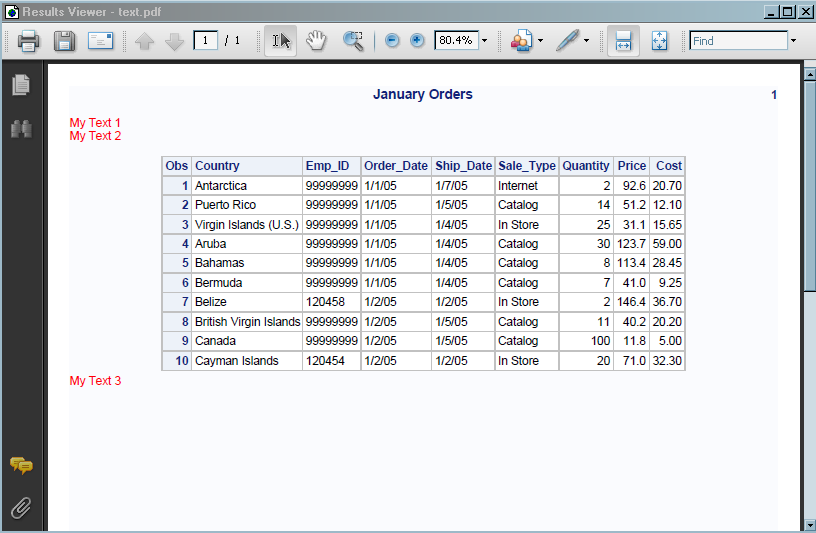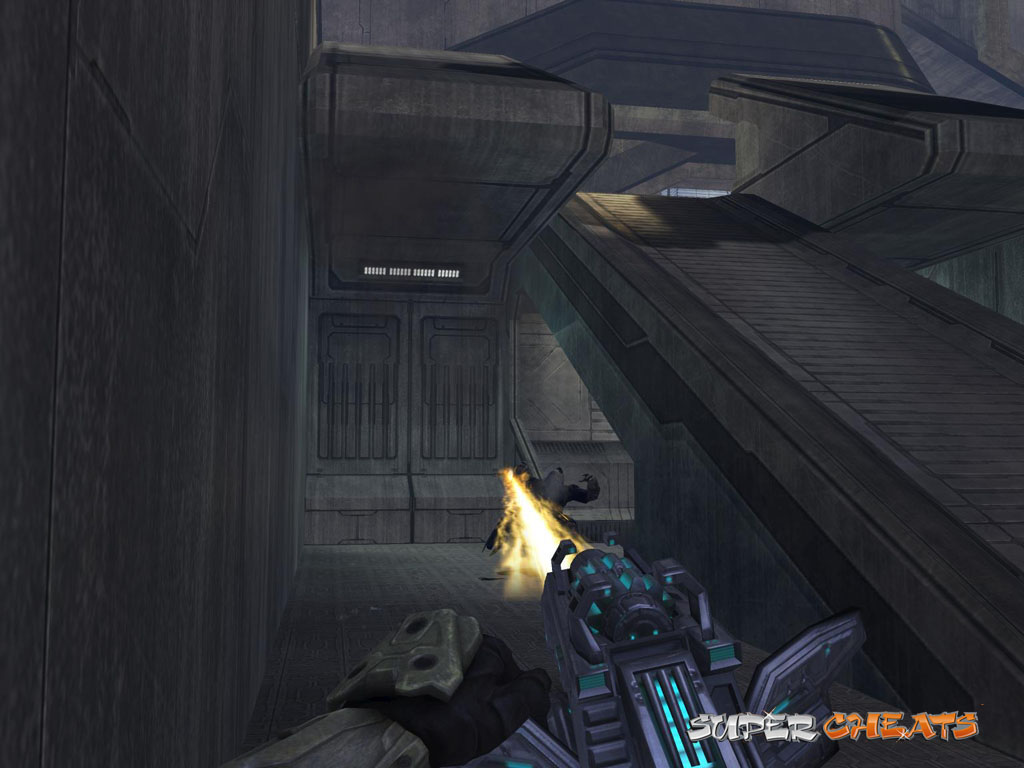

- CODEKIT OUTPUT STYLE GUIDE HOW TO
- CODEKIT OUTPUT STYLE GUIDE UPDATE
- CODEKIT OUTPUT STYLE GUIDE UPGRADE
- CODEKIT OUTPUT STYLE GUIDE CODE
- CODEKIT OUTPUT STYLE GUIDE SERIES
I don’t think anyone would disagree with that.īut there’s also problems inherent in adding complexity, not least in that we make the barrier to entry far higher if people think they need all of this stuff just to get started as a web developer. And there are obvious benefits to using these tools, and obviously they can be a really useful part of our workflow. Many of the tutorials we’re looking at assume a setup that includes a task runner, such as Grunt, and the use of a preprocessor, like Sass, and that’s a sort of standard thing. So, if you take a look at the articles in many web sample applications, it can seem as if it’s just not possible to write only HTML and CSS anymore. So, our topic today is all about tools and workflow. So, check out Pantheon.io to learn how they can fit into your projects. Pantheon provides managed hosting for Drupal and WordPress sites, so you can focus on building websites instead of fiddling around with servers and infrastructure. So, we want to extend a big thank-you to them.
CODEKIT OUTPUT STYLE GUIDE SERIES
Our sponsor for the A List Apart: On Air event series is Pantheon. I’d first just like to mention our sponsor. So, what we’d like to do today is chat with you about some tough questions and try and create the space with a feel of a local web development meetup. So, I’m the moderator for today’s panel and Q&A. I’m one half of the team behind the CMS Perch, and when I started building websites, we didn’t even have CSS.

My name is Rachel Andrew and I’m a web developer. Welcome to the second A List Apart: On Air event.
CODEKIT OUTPUT STYLE GUIDE CODE
When you save a file in your code editor, the browser will refresh, or if you're updating the stylesheet, Codekit will inject the new style changes.Ĭodekit also offers Sass compiling (with Libass), style injection, browser refreshing, syntax checking, minification, hooks and more with just one program! If you're already using MAMP, give Codekit a go and watch it speed up your workflow.Speaker, Future Insights and author, A List Apart Transcript You can now manually visit that url on any other devices connected to your wi-fi network to connect to Codekit's browser refreshing and style injections. It will open your browser with a unique url ( ). To start using the server, click the preview button at the top right of Codekit. Make sure you visit this URL to guarantee it is the correct and functioning properly.
CODEKIT OUTPUT STYLE GUIDE UPDATE
CODEKIT OUTPUT STYLE GUIDE UPGRADE
Codekit ConfigurationĬodekit recently made a major upgrade to 2.0, offering simultaneous browser refreshing across multiple devices, plus style injection. Make sure you have the local site working properly before you continue. You will also need to know the local URL (often default, but you can define this Apache port in MAMP preferences). Skeleton to WordPress: Getting up and RunningĪfter MAMP is installed, make sure it is running.

CODEKIT OUTPUT STYLE GUIDE HOW TO

We have a couple of articles on Tuts+ to help you get started using MAMP (a local server environment comprising Mac, Apache, MySQL and PHP, Perl or Python): In order to get started, you'll need to setup WordPress locally. In this quick article, I'm going to explain how to use Codekit 2.0 and speed up your local development workflow with style injection, browser refreshing, and device testing without touching a line of code to setup! Testing simultaneously on other devices and systems you might have is difficult. It does have one downside though you can only access your local environment locally, on your system. It saves you from breaking a live site, while speeding up the process by reducing requests to the web. Working in a local environment (ie: directly on your own computer) is a standard approach when building WordPress themes and plugins.


 0 kommentar(er)
0 kommentar(er)
